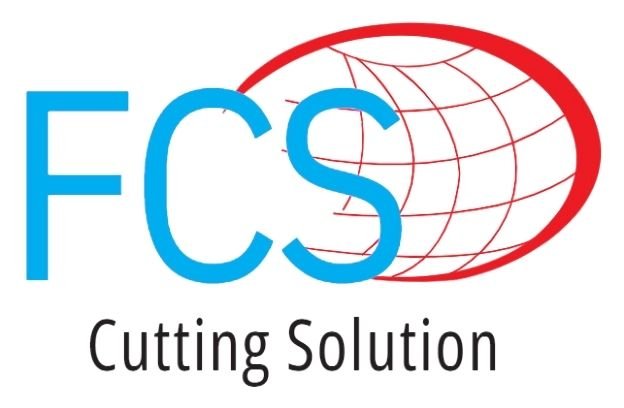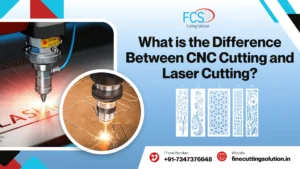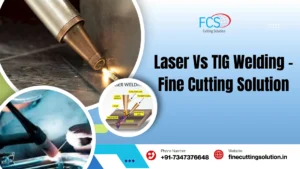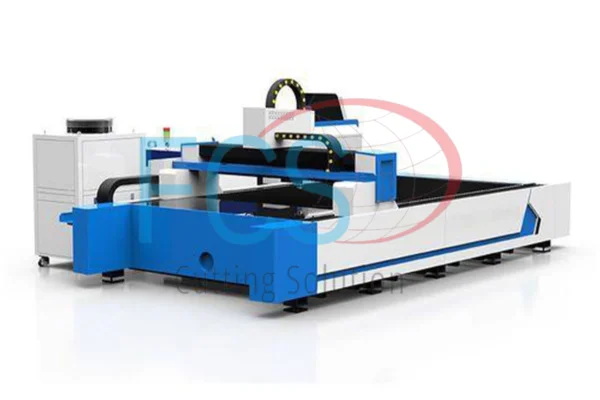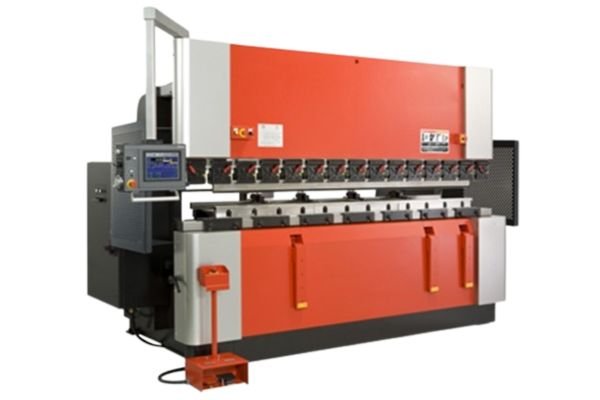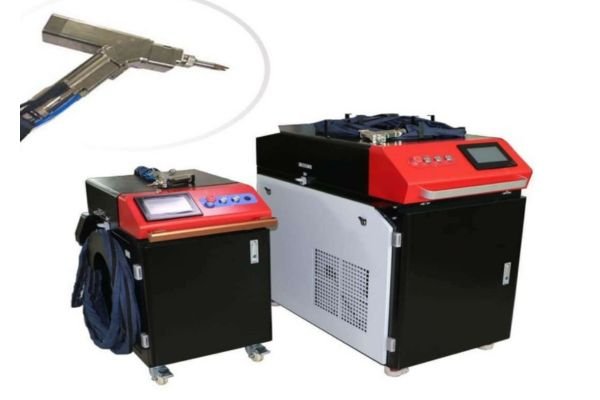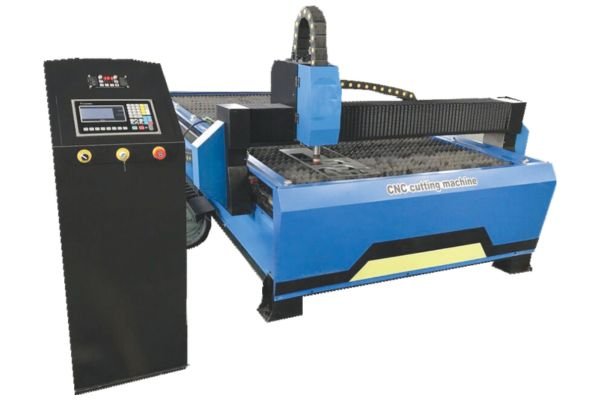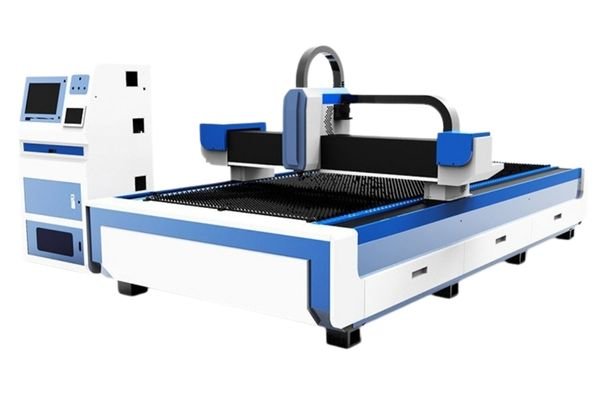Introduction
In the sheet metal industry precision plays a very important role in achieving perfect results. Whenever we talk about bending and fabrication, terms like K-Factor Y-Factor and Press Brake Bending Precision come into focus. These factors help engineers and fabricators calculate accurate bend allowances, reduce errors, and ensure the final product matches the design perfectly. Without understanding these values, the bending process can lead to material wastage, wrong dimensions, and quality issues.
The K-Factor is used to calculate how metal stretches during bending, while the Y-Factor gives a more practical value by considering real-life conditions. Together, these factors help in achieving precise results in press brake operations. Press brake bending precision is also vital because even a small error can affect the strength and fit of the final product.
At Fine Cutting Solution, we focus on delivering high-quality sheet metal solutions with advanced press brake technology. Our team ensures every bend, cut, and fabrication process is accurate and efficient. With the right knowledge of K-Factor, Y-Factor, and bending precision, we help industries get reliable, cost-effective, and high-performance results in their metal fabrication projects.
What is Press Brake Bending?
Press brake bending is one of the most common and important processes in sheet metal fabrication. It is the method of bending or shaping a flat metal sheet into a desired angle or form using a machine called a press brake. This machine uses a punch and a die to apply force on the sheet, which bends the material at a specific angle.
Imagine you have a flat piece of metal, but you need it in an “L” shape or “U” shape. Instead of welding or cutting and joining, you can bend the sheet using a press brake machine. This process not only saves time but also makes the final product stronger and more accurate.
Press brake bending is widely used in industries like automotive, construction, furniture, appliances, and machinery because most products require metal parts with exact bends. The process can handle different metals such as steel, aluminum, copper, and stainless steel.
At Fine Cutting Solution, we use advanced press brake machines that ensure high precision, minimal errors, and consistent results. Whether the requirement is for small parts or large components, press brake bending helps us deliver quality results in less time with maximum accuracy.
Types of Bends in Welding – Simple Guide
When we talk about welding and sheet metal bending, it’s important to understand the types of bends first. Every bend has its own purpose, and the right bend ensures strength, accuracy, and finishing in the final product. At Fine Cutting Solution, we always focus on precision bending using correct methods like K-factor and Y-factor calculations.
Generic K-Factors Table
| Bending Method | Bend Radius | Aluminum (Soft) | Aluminum (Medium) | Steel (Hard) |
| Air Bending | 0 to Thickness | 0.33 | 0.38 | 0.40 |
| Thickness to 3× Thickness | 0.40 | 0.43 | 0.45 | |
| Greater than 3× Thickness | 0.50 | 0.50 | 0.50 | |
| Bottoming | 0 to Thickness | 0.42 | 0.44 | 0.46 |
| Thickness to 3× Thickness | 0.46 | 0.47 | 0.48 | |
| Greater than 3× Thickness | 0.50 | 0.50 | 0.50 | |
| Coining | 0 to Thickness | 0.38 | 0.41 | 0.44 |
| Thickness to 3× Thickness | 0.44 | 0.46 | 0.47 | |
| Greater than 3× Thickness | 0.50 | 0.50 | 0.50 |
Main Types of Bends in Welding
There are mainly four types of bends used in sheet metal:
- Minimum-Radius Bend
- This is the smallest bend radius possible without damaging the sheet.
- If you try to bend smaller than this limit, the material gets a crease (crack) at the center.
- It’s important to avoid going below the minimum radius for a smooth bend.
- Sharp Bend
- In sharp bends, the angle looks tight and pointed.
- But, it is not always accurate because it creates more stress on the material.
- Grain direction, hardness, and thickness can affect the result.
- Perfect Bend
- A perfect bend is when the bend radius is equal or very close to the material thickness.
- Usually, this radius is between the minimum radius and up to 125% of the sheet thickness.
- Radius Bend
- If your bend radius is more than 125% of material thickness, it is called a radius bend.
- It gives a smoother curve compared to sharp and perfect bends.
Forming Methods in Welding
There are three main bending methods:
Air Forming
- The sheet metal does not touch the full die surface.
- The inside radius is formed as a percentage of die opening.
- Softer materials give tighter bends, while harder materials give larger radii.
Bottom Bending
- In this method, the sheet is pressed against the die but not fully.
- It usually stops about 20% above the sheet thickness.
Coining
- The punch presses deep into the sheet, crossing the neutral axis.
- This method makes very tight bends with high accuracy.
What is K-Factor in Welding?
The K-factor is a ratio that helps calculate bending allowance. It shows how much the material stretches and compresses during bending.
- When bending, the inner side of metal compresses and the outer side expands.
- The middle line where no change happens is called the neutral axis.
- K-factor tells us the location of this neutral axis.
- Normally, the K-factor value lies between 0.3 to 0.5 depending on the material and bend type.
Generic Y-Factors
| Radius | Aluminum – Soft | Aluminum – Medium | Steel – Hard |
| Air Bending | |||
| 0 to Thickness | 0.33 | 0.38 | 0.40 |
| Thickness to 3× Thickness | 0.40 | 0.43 | 0.45 |
| Greater than 3× Thickness | 0.50 | 0.50 | 0.50 |
| Bottoming | |||
| 0 to Thickness | 0.42 | 0.44 | 0.46 |
| Thickness to 3× Thickness | 0.46 | 0.47 | 0.48 |
| Greater than 3× Thickness | 0.50 | 0.50 | 0.50 |
| Coining | |||
| 0 to Thickness | 0.38 | 0.41 | 0.44 |
| Thickness to 3× Thickness | 0.44 | 0.46 | 0.47 |
| Greater than 3× Thickness | 0.50 | 0.50 | 0.50 |
Why is K-Factor Important?
- Helps calculate accurate bend allowance (BA) and bend deduction (BD).
- Ensures the final part dimensions are precise.
- Saves material wastage and improves production efficiency.
Y-Factor in Bending
- The Y-factor is another calculation similar to the K-factor but more precise.
- The Y-factor includes the effect of stress inside the sheet.
- It gives more accurate results in special materials and complex bends.
Formula:
- Y-factor = (K-factor × π) ÷ 2
Why Precision is Important in Bending?
Imagine making a cabinet where each part must fit perfectly. If one piece is just 2 mm longer or shorter, it will not fit. This is why precision in bending is so important.
Some key reasons why accuracy matters:
- Correct Fit – Ensures that all parts align properly during assembly.
- Strength and Safety – A wrongly bent part may weaken the structure.
- Cost Saving – Prevents wastage of expensive sheet metal.
- Professional Finish – High precision improves the overall quality and look of the product.
We focus on achieving tight tolerances in bending. With advanced machines and proper understanding of K-Factor and Y-Factor, we minimize errors and maximize accuracy.
Understanding K-Factor
The K-Factor is one of the most important terms in sheet metal bending. It is a ratio that helps in calculating how much the metal stretches when bent.
When a sheet is bent, the outer side stretches, and the inner side compresses. Somewhere between these two layers, there is a line that does not change length. This line is called the Neutral Axis. The K-Factor tells us the position of this neutral axis inside the thickness of the sheet.
Formula of K-Factor:
K=Distance from inside surface to Neutral AxisMaterial ThicknessK = \frac{\text{Distance from inside surface to Neutral Axis}}{\text{Material Thickness}}K=Material ThicknessDistance from inside surface to Neutral Axis
For example:
- If K = 0.5, the neutral axis is exactly in the middle of the sheet thickness.
- If K < 0.5, the neutral axis is closer to the inner surface.
- If K > 0.5, the neutral axis is closer to the outer surface.
By using the right K-Factor, engineers can calculate bend allowance (extra length needed for bending) and bend deduction (length lost during bending). This ensures that the flat pattern dimensions are correct before cutting and bending.
Importance of K-Factor in Fabrication
- Helps predict the final size of the bent sheet.
- Reduces errors in flat pattern design.
- Saves time and material by avoiding rework.
- Essential for accurate CAD/CAM programming in press brake machines.
We carefully calculate the K-Factor for different materials like mild steel, stainless steel, and aluminum. This allows us to deliver accurate bending results for all kinds of projects.
Understanding Y-Factor
While the K-Factor is widely used, in real-life situations materials behave differently due to stretching and spring-back. This is where the Y-Factor comes into play.
The Y-Factor is a modified version of the K-Factor that includes the effect of bend angle and spring-back. It gives a more practical value for calculating bend allowances.
Key difference:
- K-Factor is a theoretical value based on the position of the neutral axis.
- Y-Factor is an adjusted value that reflects real-world bending conditions.
By using Y-Factor, engineers can achieve even more precise bending, especially for complex angles or materials with high spring-back properties (like stainless steel).
Importance of Y-Factor in Fabrication
- Provides more accurate results than K-Factor in real conditions.
- Adjusts for variations in material properties and machine settings.
- Helps in achieving exact angles in press brake bending.
- Useful in CAD/CAM software for better flat pattern design.
We use both K-Factor and Y-Factor depending on the material and project requirements. This balance ensures that our clients get the best possible accuracy in their sheet metal products.
Press Brake Bending Precision
Bending precision means how close the actual bend is to the required bend angle and dimension. Achieving precision depends on several factors:
Factors Affecting Bending Precision
- Material Type – Mild steel, stainless steel, and aluminum all behave differently.
- Material Thickness – Thicker sheets require more force and have different spring-back.
- Tooling Quality – The punch and die must be accurate and well-maintained.
- Machine Condition – Modern CNC press brakes give better precision than manual ones.
- Operator Skill – Correct setup and handling reduce human errors.
K-Factor vs Y-Factor – Key Differences
| Feature | K-Factor | Y-Factor |
| Definition | Ratio of neutral axis to thickness | Modified value including spring-back |
| Usage | Theoretical calculations | Practical, real-world applications |
| Accuracy | High but not perfect | Higher accuracy in real bending |
| Application | Simple bends | Complex bends and varying materials |
Both values are important, and a good fabricator knows when to use each one.
How to Improve Press Brake Accuracy?
- To achieve better bending precision:
- Use correct K-Factor and Y-Factor values.
- Maintain and calibrate press brake machines.
- Select proper punch and die tooling.
- Consider spring-back and adjust accordingly.
- Train operators for correct setup and handling.
Role of Modern Technology in Bending Precision
With the advancement of technology, modern press brakes now come with CNC control systems. These systems allow engineers to enter material type, thickness, and bend angle, and the machine automatically calculates the required force and positioning.
- Benefits of modern technology:
- Faster setup time.
- Reduced human error.
- Consistent results.
- Higher production efficiency.
At Fine Cutting Solution, we invest in advanced CNC press brakes and software tools. This enables us to deliver high-quality results to clients in automotive, construction, electrical, and other industries.
Why Choose a Fine Cutting Solution?
- Experience – Years of expertise in sheet metal cutting and bending.
- Technology – Modern CNC press brakes for precision results.
- Customization – Tailored solutions for different industries.
- Accuracy – Use of K-Factor and Y-Factor for reliable outcomes.
- Cost-Effectiveness – Reduced wastage and higher efficiency.
We believe in combining technical knowledge with practical experience to provide the best fabrication solutions.
Conclusion
Understanding K-Factor, Y-Factor, and Press Brake Bending Precision is the key to success in sheet metal fabrication. These values help predict how metal will behave during bending, reduce errors, and ensure accurate final results. Precision is not just about numbers—it’s about creating products that fit perfectly, save costs, and maintain high quality.
At Fine Cutting Solution, we take pride in using advanced knowledge, modern machines, and skilled professionals to deliver precise sheet metal solutions. Whether it’s a simple bracket or a complex industrial component, our focus is always on accuracy, efficiency, and customer satisfaction.
